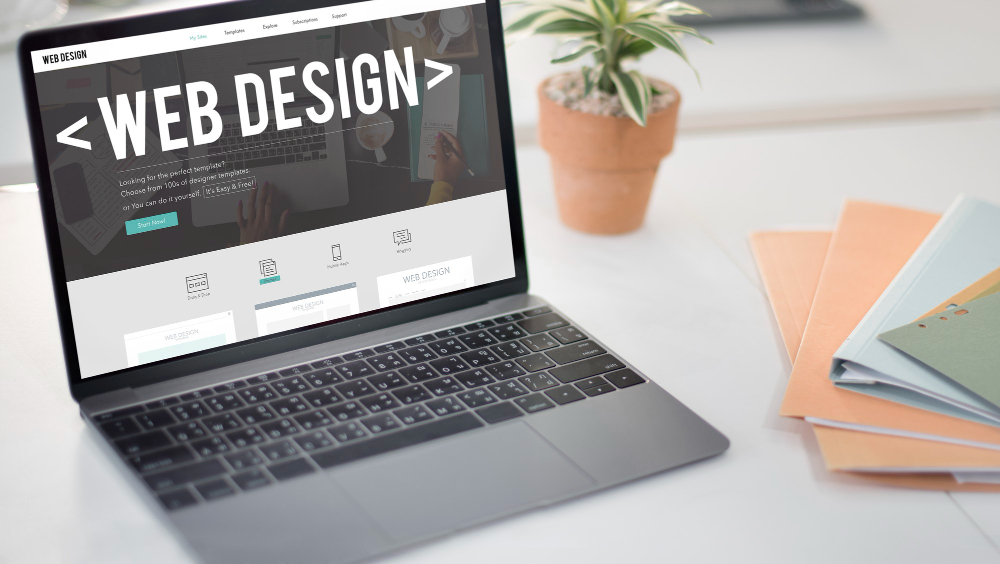I hope you enjoy reading this blog post.
If you want to get more traffic, Contact Us

Click Here - Free 30-Minute Strategy Session
Be quick! FREE spots are almost gone for this Month. Free Quote

The case study investigates how a strategic redesign of a website led to a 150% increase in conversions. It aims to identify the critical components and methodologies applied during the redesign process. The key objectives include:
By focusing on these areas, the study provides insights into actionable steps that can be replicated across industries to achieve similar results. It also highlights how design decisions align with business goals to drive performance.

Click Here – Free 30-Minute Strategy Session
Be quick! FREE spots are almost gone for this Month
Understanding barriers to website conversions was a critical first step in the redesign strategy. Analysis revealed several challenges, including:
Identifying these roadblocks through user feedback, analytical tools, and heatmaps allowed the team to prioritise solutions. Targeted design refinements addressed usability challenges and enhanced the overall user experience.
In the research phase, the focus was on understanding how users were interacting with the existing website. Key metrics were gathered using analytical tools like heatmaps, session recordings, and traffic reports. Usage patterns highlighted pain points, such as slow navigation and unclear calls-to-action, which deterred users from completing actions.
To enrich insights, user surveys and interviews were also conducted, directly capturing customer frustrations and preferences. Data segmentation allowed the team to categorise user behaviours by demographics and devices. Transitioning this data into actionable insights included identifying underperforming pages and establishing behavioural trends. Ultimately, this foundation shaped the redesign strategy.
An effective user experience (UX) eliminates confusion and enhances user engagement. The new design prioritised intuitive navigation by restructuring the site’s primary menus and simplifying access to key information. Usability testing revealed bottlenecks, leading to streamlined checkout processes and more logical page flows.
Key changes included:
These changes significantly reduced bounce rates while boosting user satisfaction and conversions, fostering a seamless digital journey.
Responsive design ensures that a website adapts seamlessly to any screen size, offering an optimal user experience across devices. By addressing varying user behaviours and preferences, it eliminates frustrations caused by inconsistent layouts or inaccessible features on smaller screens. This accessibility directly impacts usability, reducing bounce rates while increasing the time spent on pages.
A responsive website also enhances navigation, making it easier for users to locate essential elements like contact forms or call-to-action buttons. Search engines prioritise mobile-friendly sites, boosting visibility and organic traffic. Studies highlight that intuitive, device-compatible experiences foster trust, encouraging users to complete desired actions, thus driving higher conversions effectively.
A/B testing was instrumental in refining the website design to maximise user engagement and conversions. By splitting traffic between two versions of the site—one with the existing design and one with the proposed updates—data was collected on user behaviour in real-time. Metrics assessed included click-through rates, bounce rates, and average session duration.
Key steps in the process included:
This structured experimentation ensured decisions were guided by measurable outcomes rather than assumptions.
Slow-loading pages contribute significantly to high bounce rates, with users abandoning sites that take over three seconds to load. To address this, the new design focused on performance enhancements that delivered measurable results.
These adjustments not only improved speed but enhanced user satisfaction, keeping visitors engaged while lowering bounce rates—a crucial factor in boosting conversions.
Crafting effective call-to-action (CTA) strategies played a pivotal role in boosting user engagement. The new website design focused on clear, concise, and attention-grabbing CTAs placed strategically across pages.
The optimisation resulted in a noticeable increase in interaction rates, driving users closer to conversion objectives.
Measuring the impact of a new website design begins with utilising robust analytics tools. Platforms such as Google Analytics and heatmapping software provide invaluable insights into user behaviour. By tracking metrics like bounce rate, session duration, and conversion paths, businesses can gauge the effectiveness of design changes.
Key performance indicators (KPIs) such as form submissions, click-through rates, and sales data offer a quantifiable view of progress. Advanced tools like A/B testing solutions enable comparing different design elements in a controlled environment. Integrating these insights ensures continuous optimisation, fostering improved user experiences and higher conversion rates. Strategic analysis bridges design enhancements with measurable outcomes.
During the implementation process of the new website design, the team encountered several unforeseen challenges that required swift problem-solving.
Coordination between teams improved through revised workflows and scheduled communication. Resource allocation adjustments ensured critical projects remained on track, while real-time feedback loops minimised errors. These efforts collectively enabled the organisation to navigate complexities effectively and achieve its conversion goals.
The website’s new design focused on improving usability, visual appeal, and speed. Key success factors included:
These steps created a cohesive design, directly influencing an unprecedented 150% increase in conversions, demonstrating the design’s substantial impact.
The redesign emphasised the importance of user-centric design. Prioritising intuitive navigation, clear calls-to-action, and a clean visual hierarchy boosted user engagement. Implementing A/B testing provided valuable insights into customer preferences, helping to optimise design elements effectively.
Responsive design proved crucial, ensuring a seamless experience across devices. Simplifying checkout processes reduced friction, directly contributing to higher conversion rates. Personalisation features, such as tailored recommendations, significantly enhanced user satisfaction and retention.
Best practices identified include:
Adopting a data-driven, customer-first approach delivered measurable results, reinforcing the value of prioritising user experience.

LEAVE A REPLY